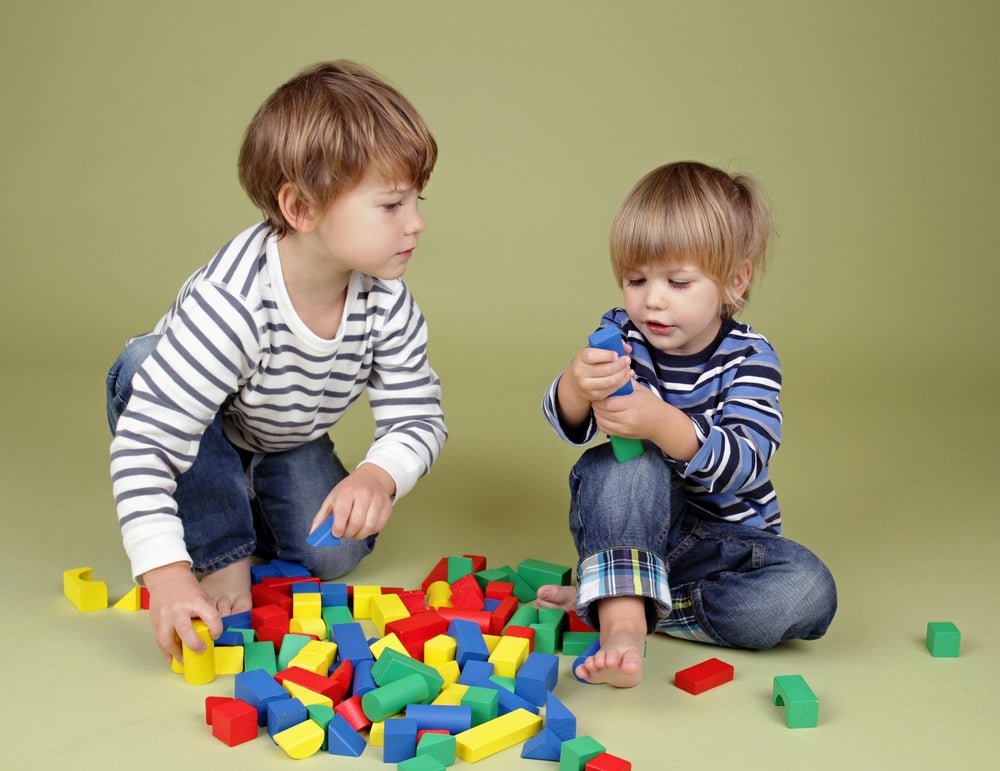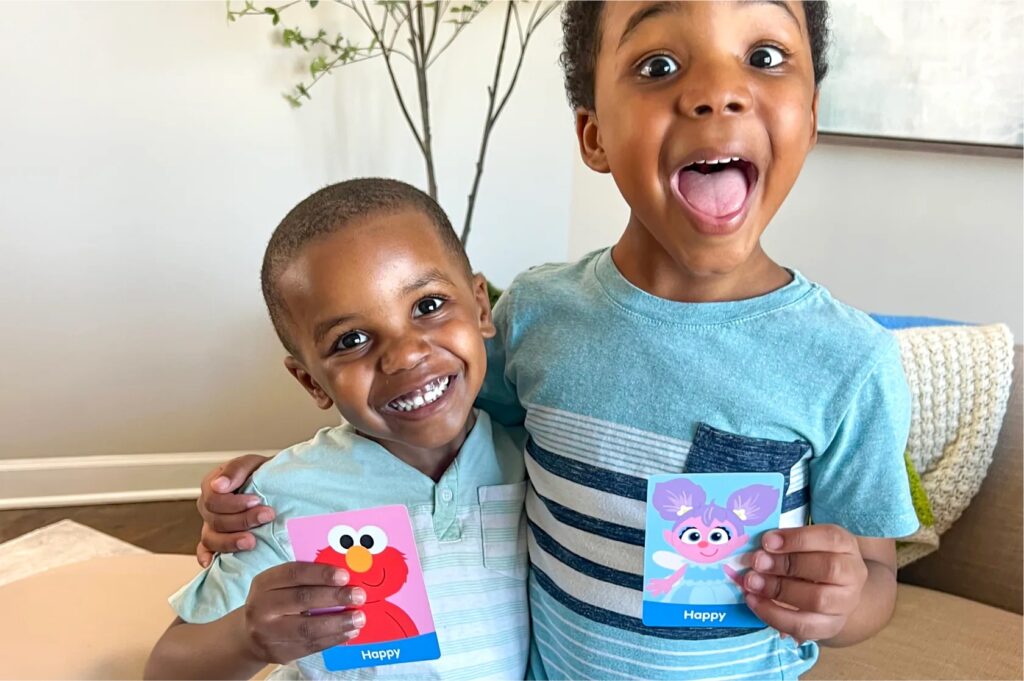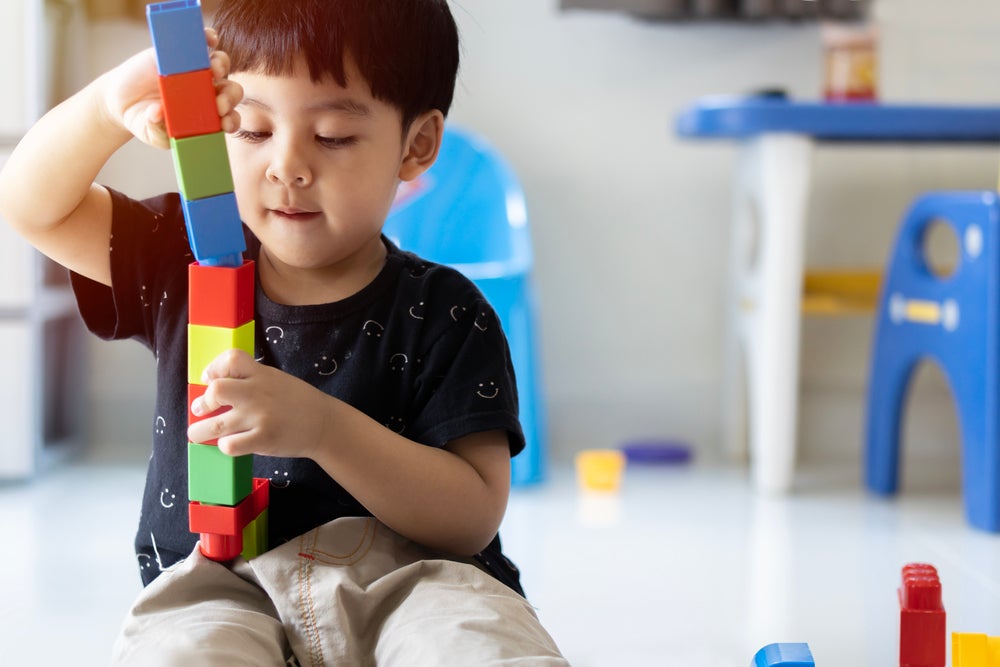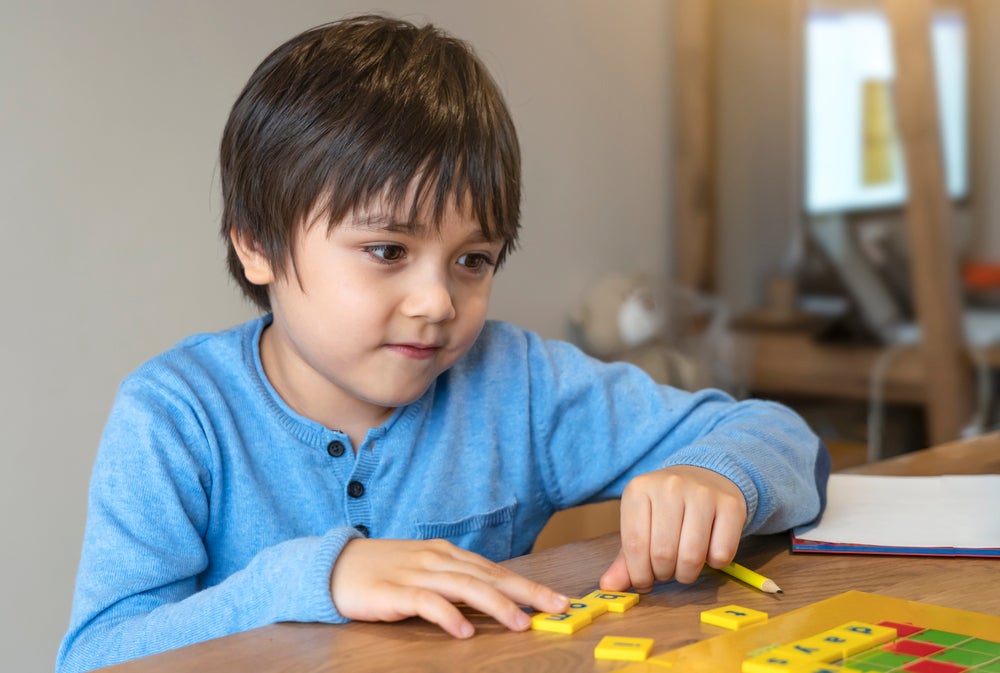Have you run out of ideas to keep your young learner engaged and motivated while you’re doing homework or otherwise studying together? Brain breaks can help!
In this article, we’ll cover everything you need to know about brain breaks, including how to introduce them to your child’s day in a fun and engaging way. Let’s get started!
What Are Brain Breaks?

As the name suggests, brain breaks help give your child’s mind a break from whatever activity they’re focusing on. This strategy can help re-energize children and give their minds and bodies the boost they need to continue learning.
Why are brain breaks so effective? Let’s consider how demanding learning — whether at home or in a school building — can be to a child.
During the day, your child is asked to do a lot of things that require brain power, such as:
- Focus on new information
- Follow instructions to complete their work
- Participate in various activities
- Switch between high-energy and focused activities
- Sit still
- Listen to teachers and parents
- Make mental connections
All of this requires their mind to be actively engaged, which can be tiring for a young learner. Taking breaks can give them the physical and mental rest they need so that they don’t burn out. And the best part is that it doesn’t have to be complicated!
As you’ll see from the below activities, brain breaks come in different forms. Sometimes all children need to do is stand up and wiggle their bodies if they’ve been seated for a while. Other times, a silly game can help them rest and have a little fun.
Before deciding on specific activities to try at home, it’s important to consider how demanding your child’s day has been and what type of break they need at that moment.
Understanding this will help your child benefit from introducing brain breaks into their day.
Benefits Of Brain Breaks

One of the most notable benefits of brain breaks is that they can help reduce stress levels and frustration while improving productivity and attention.
Brain breaks can be physical, with short exercises involved. These are great because exercise helps to increase blood flow to our brains. But while exercises are a popular option, brain breaks don’t always have to be active.
Sometimes, relaxing activities may be the better option. This is because children can quickly get overstimulated. Adding mental exercises or relaxing activities can help your young learner calm down and remain focused.
A good mixture of both active and relaxing activities can help your child get re-energized and ready to continue learning, making that model airplane they’ve been dreaming of, or finishing a large puzzle.
Quick note here: It’s also OK if they’re ready to call it quits on a project for the day and move on to something else!
How Often Do Kids Need Them?
The trick with brain breaks is that they need to be well-timed.
Ideally, you want to introduce them before your child loses focus, gets distracted, or becomes fatigued. That’s because it can be challenging to regain their attention once you’ve lost it.
It’s also important to consider your child’s age. For instance, if you have a first-grader, you might need to give them a three- to five-minute break after around ten to 20 minutes spent working on a specific project.
Tips For Creating Effective Brain Breaks

1) Make Sure Your Child Is Getting An Actual Break
If your young learner has been working on a challenging topic for a while, they may need an activity that will help relax their minds, not strain them further.
This will help to ensure that they return to their work more energized and ready to tackle the problems ahead.
2) Give Clear Instructions
As you’ll see below, the activities require clear instructions to be executed properly. The last thing you want is for your child to become confused. This can lead to frustration instead of helping them relax and get a break.
3) Make It Fun
It’s important to remember why you’re introducing these activities in the first place — to give your child a little break. If that’s the case, why not make it fun?
The more fun they have the more willing they’ll be to participate and, in turn, reap the benefits we mentioned above.
Now that you’re clear on what brain breaks are, how beneficial they can be, and the important elements that make a good brain break, let’s discuss some simple yet effective activities that you can get started with today.
Brain Breaks For Kids
To Energize Them

1) Dance Like…
For this exercise, your child will dance like anything you call out. All you need is music that both (or all!) of you enjoy.
After every 30 seconds, stop the music and call out what they need to dance like. Here are some fun ideas:
- Dance like an old granny
- Dance like you are swimming
- Dance like you are in jelly
- Dance like you are dizzy
2) Stretch It Out
Sometimes, you don’t have to jump around to get your blood flowing. Stretching can be effective as well.
Have your child do a series of simple and familiar stretches, such as:
- Touch your toes
- Roll your head around and around
- Move your arms in circles like you’re flying away
- Reach for the sky
- Stretch like a cat
Hold or repeat each move for about 15 to 20 seconds before changing to the next. Remember to focus on deep breaths in and out here to help bring oxygen into their system.
3) Find It Fast
This fun activity will get your child’s mind and body moving and feeling energized very quickly.
To get started, look around the room to identify different objects that you can call out. Once you’ve identified a few objects with clear distinctions, you can start shouting them out for your kid to run and find.
For instance, you may say, “Find me a yellow cap.” Your child needs to rush to find a yellow cap as quickly as possible.
Consider adding a time limit of 20 seconds to make things more interesting.
4) Number Hunt
This is a fun activity we love. To get more information on it and other exciting number games, you can check out this page.
Number hunt is about challenging your child to find a certain number of items. For instance, you can ask them to find one teddy bear, two socks, and three balls. This will help re-energize their mind while simultaneously getting their body moving.
If this is too tricky for your child, you can start with just one item (e.g., one teddy bear and one ball) and then increase the number of things as they progress (e.g., two socks and two shoes).
5) Freeze Dance
This brain break is another fun dancing one!
All you need to do is play some loud music and then, every so often, stop the music. When the music stops, your child needs to freeze and try to hold their position until the music starts again.
To Help Them Stay Focused

Brain breaks for kids aren’t all physical. Below are some fun activities to help exercise their minds.
6) I Spy…
This is a very popular game that your child might already be familiar with. What’s great about this activity is that it will help get your child using another part of their brain and focusing on something else for a bit.
Find something interesting in the room and tell your child, “I spy with my little eye, something __.” You can describe it based on certain characteristics (color, height, shape, etc.).
If you have multiple children, they can take turns guessing what this special item is.
7) Alliteration
Alliteration is common in literature. Why not add it as a brain break?
This activity is simple. Help your child come up with a sentence (the sillier the better!) that is made up of words all (or mostly) starting with the same letter sound.
To make it more challenging for older kids, consider choosing a theme. For example, if you have a picnic theme, you could say, “Bring a big basket of bananas.”
8) Story Starter
Creating stories is a great way to engage your child’s creativity and imagination!
For this brain break, start telling a made-up story for one minute. Your child will then complete the story. Don’t focus too much on having a perfect ending. Sometimes, silly endings are the best!
9) Practice Sign Language
For this brain break, start by teaching your child a few letters of the alphabet in sign language. Then see if your child can spell out simple words (such as “cat”) with their hands.
(If you don’t know sign language, that’s OK! There are plenty of online resources to help you out.)
10) Doodle Time
Sometimes, all your young learner needs is to sit, relax, and doodle away. For this activity, set a timer of about five minutes and let your child doodle anything they feel like.
To help make this more relaxing, you can play calming music in the background.
Bring Some Fun Into The Day

Everybody needs a break sometimes, especially children! Brain breaks offer many benefits, including helping children stay focused and energized.
When choosing activities, keep in mind how your child’s day has gone and what has been asked of them so that you can offer the most relevant mental and physical stimulation. And remember to have fun while you’re at it. This is supposed to be a break, after all!
Check out our HOMER app for more ideas and inspiration!











